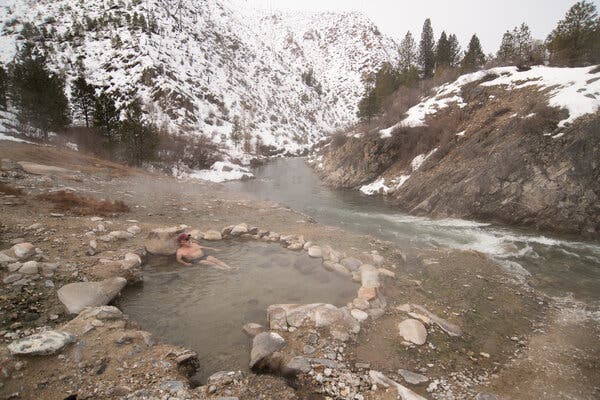50 States, 50 Fixes
They’re in Hot Water in Idaho. Here’s Why That’s a Good Thing.
Nearly 500 buildings in the state capital get their heat from a clean, renewable source located deep in the ground.
It’s pretty easy to get into hot water in Boise. After all, it’s in Idaho, a state filled with hundreds of hot springs.
The city has tapped into that naturally hot water to create the largest municipally run geothermal system in the country.
Nearly 500 Boise businesses, government buildings and homes — as well as hospital and university buildings, City Hall and a Y.M.C.A. — are warmed by heat drawn directly from hot water reservoirs, or aquifers, below ground. The Idaho Statehouse, in Boise, is the only one in the United States to use geothermal heat. The heat even warms some sidewalks in the winter, to melt the snow, and raises the temperature in hot tubs.
50 States, 50 Fixes is a series about local solutions to environmental problems. More to come this year.
Renewable, reliable and relatively free of pollution, geothermal heating is possible in Boise because of fault lines that expose groundwater to hot rocks, heating water to around 170 degrees Fahrenheit, or about 77 degrees Celsius. The water is drawn from wells in nearby foothills into a closed-loop network of pipes that reach into buildings, before going back to the aquifer to be heated again.
Tell Us About Solutions Where You Live
#top-wrapper, sponsor-wrapper {
display: none;
}
